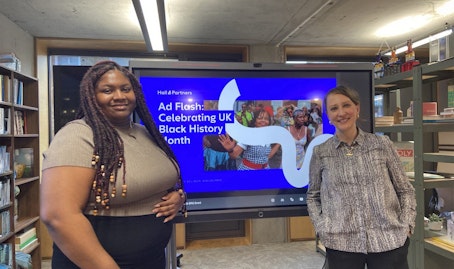
Karin Lui Lilani explores how brands in Asia can play with senses in order to create stronger engagement
As I stroll down the street, the aromas of garlic, onion, ginger, mustard, chillis and other spices begin to waft up to my nose. Next, I hear a faint crackling sound; spices popping in hot oil, followed by the clanging of the metal spatula as it hits the bottom of the well-worn wok. Even before I see them, I know food hawkers are nearby.
For many Asian consumers, these specific smells, sounds and sights, and the taste of their favourite dishes, evoke strong, emotionally-charged memories of their childhood, family gatherings, eating out with friends, and more.
A multi-sensorial experience is unforgettable: it generates feelings, opinions and thoughts in ways words simply cannot convey
Indeed, immersive experiences that appeal to our senses of smell, touch, hearing, taste and sight often leave an emotional and even subconscious imprint on us. A multi-sensorial experience is unforgettable; it generates feelings, opinions and thoughts in ways words simply cannot convey.
In many ways, therefore, engaging the senses is a form of play. After all, play elicits strong emotional responses because it satisfies many of our most basic human needs, including achievement, self-expression, collaboration and competition, among many others.
In Asia, engaging the senses is ever-prevalent. In recent years, brands in Asia have been using new technologies to play with our senses and differentiate themselves from their competitors.
For example, Coca-Cola’s summer campaign in China features lyrics to popular songs which are posted on its bottles. Coke drinkers can use their smartphone to scan the lyrics to access an animated music clip that can be shared on social media.
Another example: Japanese grocery brand Ebara Foods encourages children to eat vegetables through its Funfair In Your Mouth app. The game asks players to eat virtual vegetables while on a roller coaster ride, with the computer webcam detecting facial motion. The app also recognises real vegetables and will show fireworks on the screen if the camera detects a child eating them.
Play elicits strong emotional responses because it satisfies many of our most basic human needs
And in a glimpse of the future, Japan’s public broadcasting network NHK revealed that it’s experimenting with haptic technology to virtually reproduce objects featured on TV so that the blind can ‘feel’ the objects. This is facilitated by a ring-like device that stimulates touch points on a user’s finger so they can feel corners and edges.
This strategy can also be effective in engaging Asia’s vast rural population (many of whom might be illiterate) as well. For example, in Myanmar, a country where brands are racing to establish a foothold, LUX (a soap and body wash brand owned by Unilever) recently used Incidental Touch Technology to infuse LUX’s signature scent onto full-page magazine inserts in various lifestyle and fashion magazines such as People, Tharaphu, Myin Kwin, and Idea.
So what are some of the key actions that brands in Asia can take to better play with the senses?
Sensorial marketing expert Karen Stanton of International Flavors & Fragrances notes that, “Brands need to begin by analysing their current brand experience using the five senses across all customer touchpoints. This means the sound they hear when they call your office, the smell of your brand, your brand visual — colours and symbols, how you engage touch and feel, and the taste of your brand. Brands don’t need to have an overwhelming strategy that engulfs all of these senses, but an objective analysis with your customer engagement is a good place to start.”
OTHER WAYS BRANDS CAN ACHIEVE THIS INCLUDE:
Understanding the cultural context. Certain smells, tastes, sounds, touches and sights mean different things in different cultures.
Ensuring it’s not just a one-off experience. Consumers associating your brand with distinct triggers requires consistent and ongoing initiatives to support these connections.
Measuring your effectiveness. At Hall & Partners, we measure how brands ‘play with the senses’ using FRAME. Within FRAME, our ‘sensing’ metric is specifically designed to capture the sensory cues of a brand, to uncover the unconscious awareness and identify social influence and context.








